Last Updated on: 27th December 2022, 04:41 am
We have often heard about the many great things to do in Slovenia, so when Mateja, from Mateja Travel, invited us to visit, we didn’t need to be asked twice; well, actually come to think of it, we did.
The first time Mateja contacted us was to say, “Come and run in the Bovec marathon in September.” Tempting as it was, photos of the region looked absolutely gorgeous; there was no way we would be ready in time. After running in the London marathon in 2016, we had never run again. Not sure we could even manage a 5k.
So reluctantly, we declined, but Mateja wasn’t giving up that easily. “Come and visit, anyway. Maybe it will inspire you to run again.” This time we eagerly agreed. Slovenia had been on both of our bucket lists for a very long time, and it certainly didn’t disappoint.
From alpine villages, karst regions to coastal towns, for a small country, Slovenia has a lot to offer. Far more than we realised!
But First, Where Exactly Is Slovenia?
Slovenia, once part of Yugoslavia, is located in the heart of Europe. It shares its borders with Austria to the north, Hungary to the northeast, Italy to the west and Croatia to the south.
Ljubljana

Probably your first stop on any visit to Slovenia. Ljubljana, Slovenia’s capital city, is a fabulous little city to explore. Filled with Baroque architecture, charming squares, cute cafes, and a plethora of bars and restaurants. Oh, and lots of dragons too!
Overlooking the city is Ljubljana Castle. It’s an easy walk up to the castle, but if you don’t fancy walking, you can take the funicular up. From the castle tower, you’ll get a great view of the city. But if you want a great view of the city that includes the castle in the background, head up to the top floor of Ljubljana’s Skyscraper. You can grab a cup of coffee there too.
Allow yourself at least a couple of days to discover the city’s charms. It’s perfect for a weekend break or as a base to start or finish your Slovenian adventure.
Click here to see more things to do in Ljubljana
Lake Bled

Having seen so many gorgeous photos on Instagram, we so wanted to visit Lake Bled during our trip to Slovenia. And you know what, we weren’t disappointed – it’s even more beautiful in real life.
It’s possible to take a boat ride out to the church on the island and climb the 99 steps to the top, but we didn’t. We opted to hike the Ojstrica Viewpoint Hike for incredible views of the region. It’s only a 20-minute walk uphill, and it’s well worth it. If you don’t like hills, there’s a lovely, flat six-kilometre path that takes you around the lake.
Being such a popular destination, we were worried it was going to be super crowded. And yes, it does get busy at weekends, especially in the summer months. But we arrived on a Monday in early September, and it was pretty quiet. Admittedly, we could hear thunder in the distance and grey skies were threatening rain.
Don’t forget, when in Bled you have to try the Bled Cream Cake!
Skofja Loka

Located roughly halfway between Ljubljana and Lake Bled is the delightful medieval town of Skofja Loka. It’s considered to be one of the best-preserved medieval centres in Slovenia.
We took a walking tour of the town with the very knowledgeable and enthusiastic Mirjam Jezeršek. A fascinating walk that took us through the Upper and Lower neighbourhoods of the historic Old Town and included a visit to Loka Castle and its museum.
Considering how close it was to Slovenia’s capital, Ljubljana, the town was surprisingly quiet. Still very much a hidden gem.
Ptuj

Ptuj, another lovely old town, is the oldest recorded town in Slovenia, dating back to the late Stone Age period. Ptuj Castle, located at Ptuj’s highest point, is fun to explore and has impressive weaponry, and musical instruments exhibitions. But you know what we loved about Ptuj, it was its Kurenti masks exhibition.
Every spring there’s a ten-day-long carnival called Kurentovanje. Kurent is believed to be the name of an ancient god of hedonism!
The Kurent or Korant is a figure dressed in sheepskin, who goes about the town wearing masks, a long red tongue, multi-coloured ribbons, and cowbells. With their bells clanging loudly, the kurents drive away the cold Slovenian winter and evil from the land, and welcome spring and a fruitful year.
We had never heard of this festival, but it looks so much fun. We’ve already noted the dates in our diary!!
Predjama Castle

One of our many Slovenian highlights was our visit to Predjama Castle. We love exploring castles and caves when we travel but have never come across a castle in a cave. What an amazing feat of engineering!
Predjama Castle is built in the mouth of a cave that sits atop a cliff that rises over 120 metres. The castle is said to be over 700 years old and was once the home of Erazem Lueger, a Slovenian version of Robin Hood who stole from the rich and gave to the poor.
Škocjan Caves

The Škocjan Caves are located in Slovenia’s Karst region, are gorgeous and well worth a visit. It’s a UNESCO World Heritage Site and has the highest hall of caves in the whole of Europe. What I loved most about the cave (I’m a bit of a coward when it comes to heights and scary narrow paths), is there were proper paths and lightning. So, you could focus on the incredible scenery within the cave, without fear of slipping over.
Also, it’s home to many bats, but unlike many caves, it doesn’t have that not so pleasant bat smell.
Piran

Piran, a gorgeous coastal town on the Adriatic Sea, was one of our favourite spots in Slovenia – absolutely stunning! This charming town features Venetian architecture and winding cobbled streets. For great views of Piran and its coastline, be sure to climb to the top of the bell tower of St George’s Church. Don’t worry; it’s only 146 steps.
And the perfect way to end the day? Well, a seafood meal at Pirat of course – the tuna steak with truffles, just Mmmmm!
Sečovlje Salt Pans

Not too far from Piran, you’ll come to the Sečovlje Salt Pans. The first record of salt production in Piran was in 804 when there were several small salt pans owned by monasteries. The Sečovlje Salt Pans have been producing salt since the 13th century. The salt is still produced traditionally, using classical salt-pan tools and methods.
The Sečovlje Salina Landscape Park covers around 1,600 acres. The salt evaporation ponds and are home to number plant and animal species, up to 270 species of birds.
Are you interested in learning more about salt production? Guided tours are available, but you do need to book in advance.
Štanjel

Štanjel was once an ancient Roman fort. The 15th-century village walls were fortified during the 17th century to defend against Turkish raids. During World War II, the village served as a base for the occupying Germans and was severely damaged by Allied bombing at the end of the war. However, since then, it has slowly been rebuilt.
One of the significant landmarks in the village is The Ferarri Garden. When we were there, they were filming the “Farmer Wants A Wife” TV Show. Jonathan and I do have a terrible habit of accidentally straying onto TV sets while filming.
Pršutarna Ščuka – Prosciutto Making Facility

Pršutarna Ščuka, a prosciutto making facility, is located in the small village of Kobjeglava just three kilometres from Štanjel.
Before sampling some of the best prosciutti you’ll probably ever have in your life, you are taken on a short tour of the prosciutto drying facility.
What’s unique about this facility is that they use traditional methods where prosciuttos and other products are dried only with the help of the wind. Interestingly, due to climate change, the prosciuttos have to be left to dry a few months longer than they were in the past.
After a delicious lunch and stuffing our faces with prosciutto and local cheeses, we had a go at hand-cutting the whole prosciutto. Not as easy as it looks.
Food in Slovenia
From farm to table, desserts to mouth – we were very impressed with all the delicious foods we tried. Never would we have thought of Slovenia as a foodie hotspot.
For such a small country, the variety of tastes for food enthusiasts such as ourselves is terrific. From Alpine dishes with its hearty stews and sausages to deliciously fresh seafood served on the Adriatic coast.
Being nestled between Austria, Hungary, and Italy, it has absorbed food culture from all its neighbours, and created something that’s uniquely Slovenian.
Here are just a few of our highlights.




And the wine – well, we made a trip to Meum Winery for some wine tasting. So much nicer than anything we have had in our current base in Malta! Felt a little bit tipsy afterward – oops!
Soca Valley

We drove through the Soca Valley on our way back to Ljubljana after visiting Štanjel and Pršutarna Ščuka. The scenery was absolutely spectacular – especially driving through the Vršič Pass.
The Vršič Pass is a paved road that was built by Russian POWs during World War I. At 1611 metres, it is the highest mountain pass in the Eastern Julian Alps. There are 50 hairpin turns along the road. Each hairpin bend is numbered, so if you start to feel a bit queasy, you know exactly how many more you have to suffer. There are 24 on the Kranjska Gora side and 26 on the Trenta side. However, the stunning views will take your mind off your queasiness – trust me, I know firsthand.
There are many outdoor activities available in Soca Valley’s natural playground. Rafting on the river is popular, or if you’re braver than I am, you can try paragliding. Or, maybe ride a horse on the mountain trails or hike in the surrounding areas. Unfortunately, our time here was too short, but we did have enough time to enjoy a lovely riverside stroll here.
Hiking and Biking in Slovenia

If you enjoy hiking and biking, you’ll adore Slovenia. There are many great hiking and biking destinations.
Best areas for hiking include the Julian Alps, Karavanke and Kamnik Savinja Alps. For more experienced hikers, we’d recommend the Julian Alps in Triglav national park in the Soca Valley region. Because of the higher peaks, it’s a good idea to walk with an experienced guide. Weather can change quickly in the mountains, so it’s good to walk with someone who knows and understands the mountains. Don’t worry, Mateja can recommend some excellent guides. And make sure you are wearing proper well broken-in hiking boots or shoes.
Karavanke and Kamnik Savinja Alps are perfect for the hiker who enjoys nice hiking trails and forest paths with grassy meadows and pastures and cows in the summer. That’ll be me then.
Biking in Slovenia is growing in popularity. There are scenic cycling opportunities all over the country from a leisurely cycle ride around Lake Bled to a more challenging mountain biking adventure in the Julian Alps.

Running In Slovenia
When we were training for the London marathon many moons ago, we used to love taking part in 10km and 21km races around Asia where we used to live. We ran in Thailand, Laos, Cambodia, and Taiwan. We love the atmosphere at the start of a race and crossing the finish line. Not so keen on the middle bit though.
Slovenia is perfect for running. If you’re interested in running, whether, with a running group or participating in a race, there are plenty to choose from. From a 10k night race around Lake Bled, the 10k Four Bridge Night Run in Skofja Loka, to the more challenging full marathons in Ljubljana and Bovec.
For more information on running events in Slovenia, have a look here.
Has Slovenia Inspired Us To Start Running Again?

Yes, maybe not a full marathon, but let’s aim for a 10k first, then perhaps a half marathon. If anything, it’s a great excuse to return to Slovenia.
FAQ’s For Visiting Slovenia
Is Slovenia safe?
Yes, Slovenia is completely safe to visit. Many consider it to be the safest country in Eastern Europe. Crime rates are overall low. Use the same precaution that you would at home.
Is it customary to tip in Slovenia?
It’s not obligatory to tip, but in tourist areas, it’s normal to tip 10-15% for service.
Can I drink the water in Slovenia?
Yes, the tap water is perfectly safe. We drank tap water every day and lived to tell the tale.
Do Slovenians speak English?
Fortunately yes, especially in the tourist spots. If they don’t, they will happily find someone nearby who can.
Is Slovenia expensive to visit?
Slovenia is quite cheap when you compare it to nearby Austria, Italy, and Switzerland, but it’s a little more expensive than most countries in Eastern Europe. Cheaper than the UK and USA.
Do I need a visa to visit Slovenia?
Citizens of the UK, EU, and the USA can visit Slovenia for up to 90 days without a visa. Other nationalities, please check with your local embassy.
When Is The Best Time To Visit Slovenia?
The best time to visit Slovenia will be different for everyone. The city of Ljubljana is a great place to visit all year round.
The coastal region has warm summers, pleasant spring and autumn weather and not too harsh a winter.
Slovenia’s alpine region in the northwest usually gets a lot of snow from December to March. However, from May to September, it’s excellent weather for hiking, running, climbing, cycling, and adventure sports.
We travelled in early September, and although some days rain prevented us from doing one of the longer hikes, we had perfect weather for sightseeing. We left Slovenia and the long term forecast was sunshine for days! Of course.
How To Get To Slovenia

By Plane –
As Slovenia is only a small country, there is currently only one international airport located not far from Ljubljana.
There are direct flights available to Ljubljana from Amsterdam, Belgrade, Brussels, Copenhagen, Frankfurt, Istanbul, London, Moscow, Munich, Paris, Vienna, Zurich.
If you are coming from other destinations and want to save some money on the flight, take a look at other airports near Slovenia – for example, Trieste, Venice, Vienna or Zagreb.
From Ljubljana Airport, it’s easy to get to Ljubljana by airport bus, taxi or car rental.
Airports shuttles
Getting from Trieste, Venice, Vienna or Zagreb to Slovenia or vice versa is easy with GoOpti.
Go Opti picked us up from our accommodation in Ljubljana and dropped us off at our hotel in Venice. Very efficient and cost us just 30€ each. It worked out cheaper and more convenient than our original plan to take the bus and train.
By Train
There are direct trains from Austria, Germany, Italy, and Switzerland.
From Austria: direct train from Graz and Vienna to Ljubljana.
From Germany: There are direct Eurocity trains from Frankfurt or Munich to Ljubljana. After spending a couple of nights in Munich, we took the six-hour train journey from Munich via Austria to Ljubljana. We love travelling by train, and it was a delightful and scenic journey.
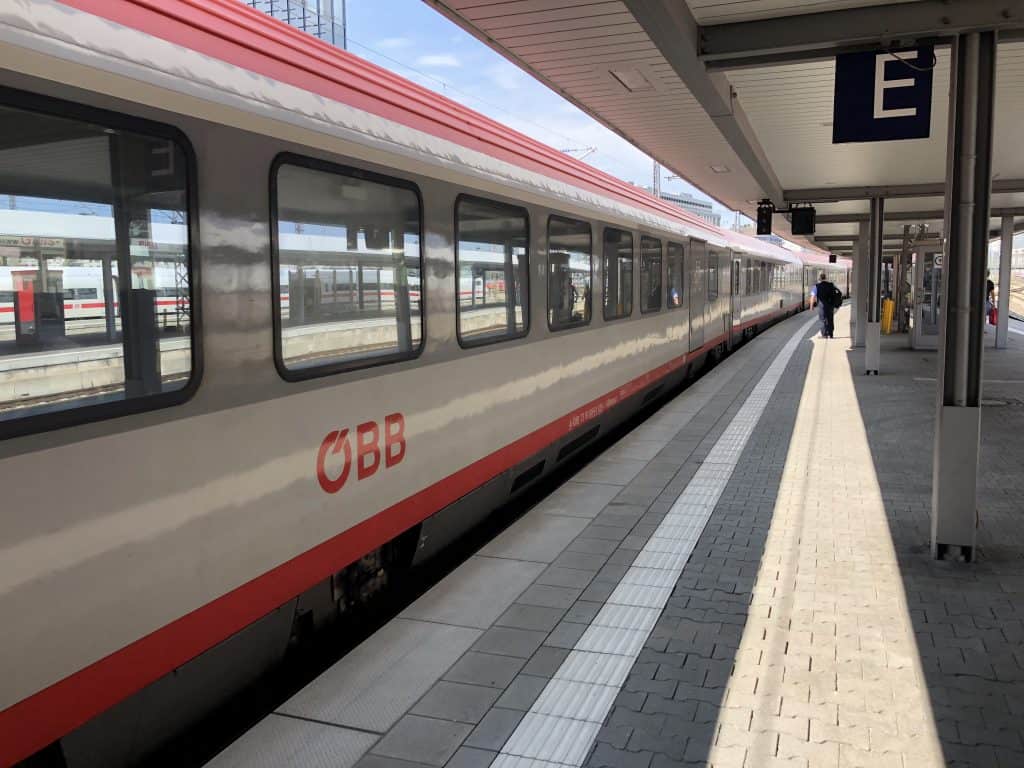
From Italy: From Trieste to Ljubljana.
From Switzerland: From Zurich to Ljubljana.
Travel by boat
From April to October, it’s possible to take a ferry from Venice, Italy to Piran, Slovenia.
Disclaimer: We explored Slovenia as guests of Mateja Travel. However, all opinions are entirely and genuinely our own. We wouldn’t recommend anything that we hadn’t enjoyed and experienced firsthand.

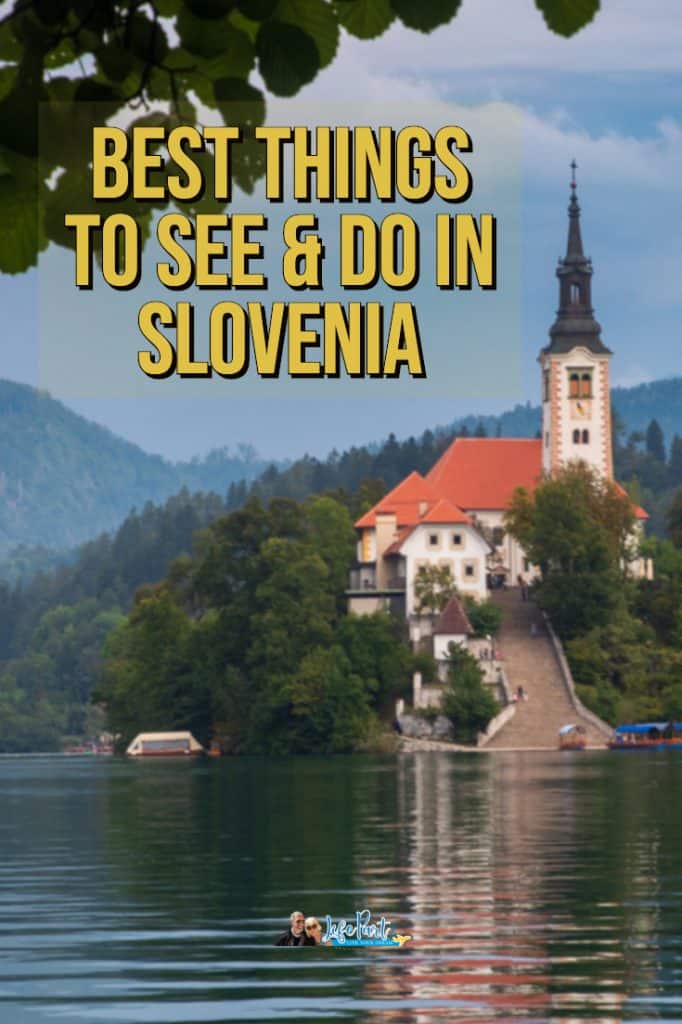

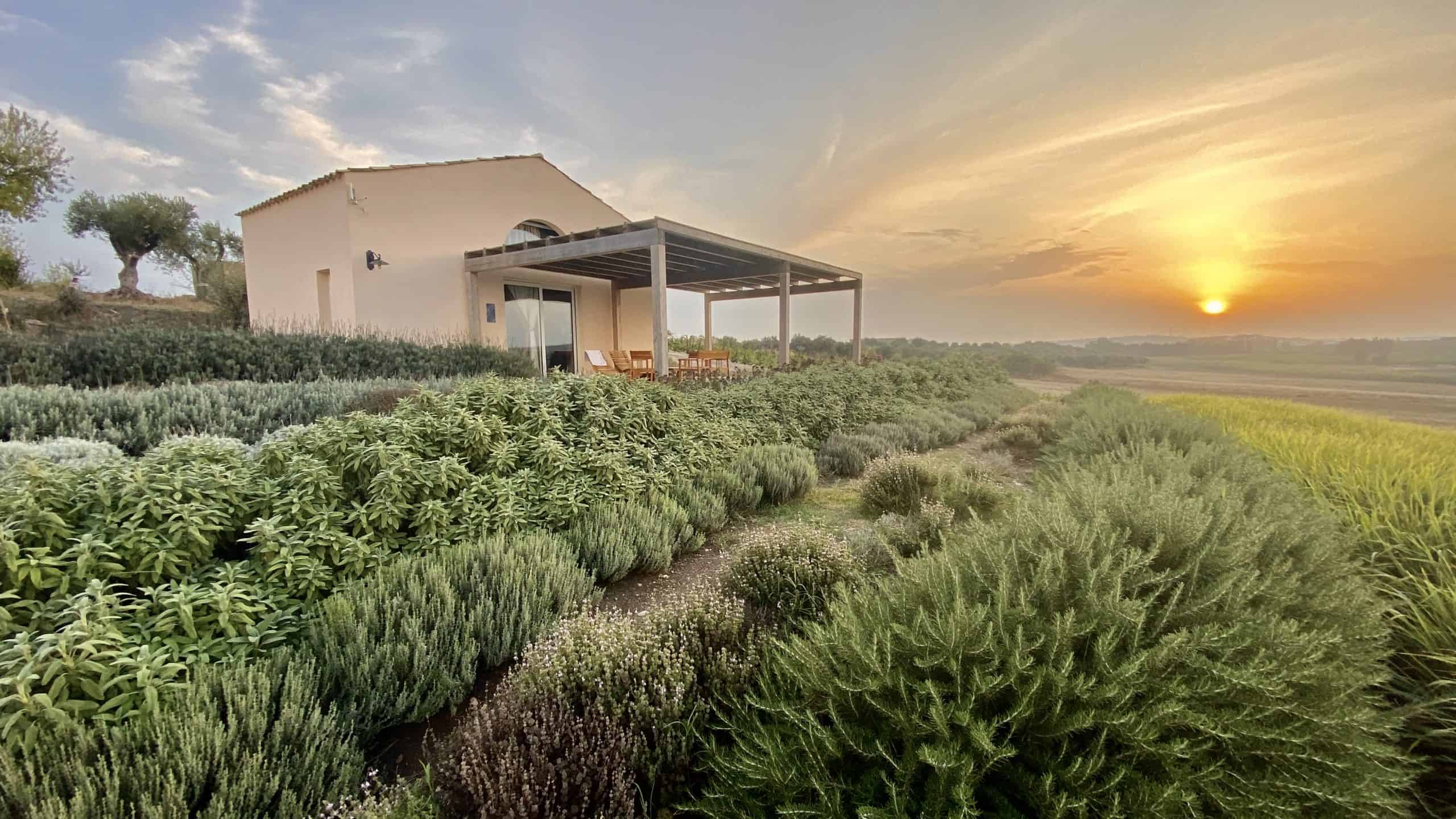


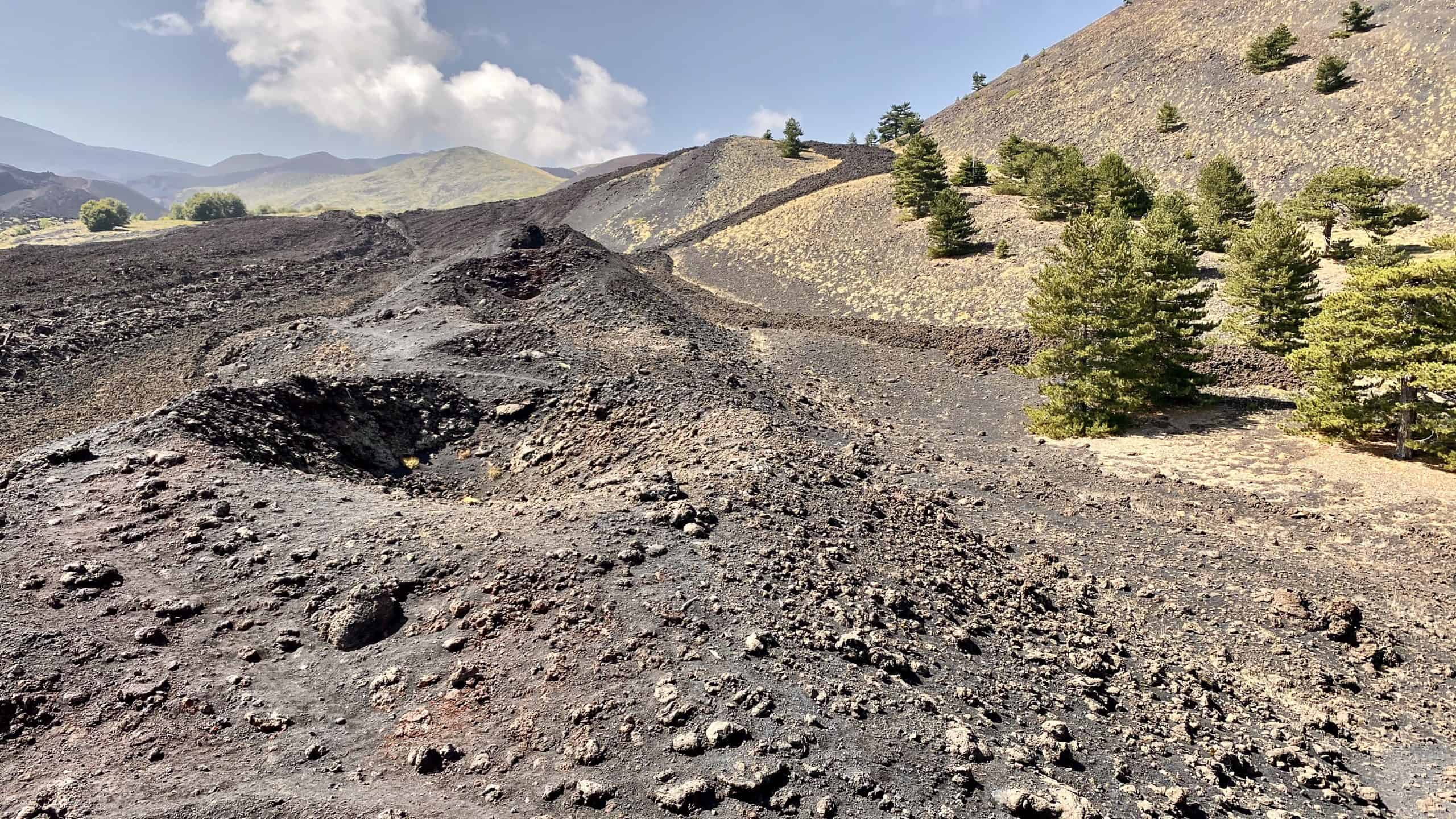

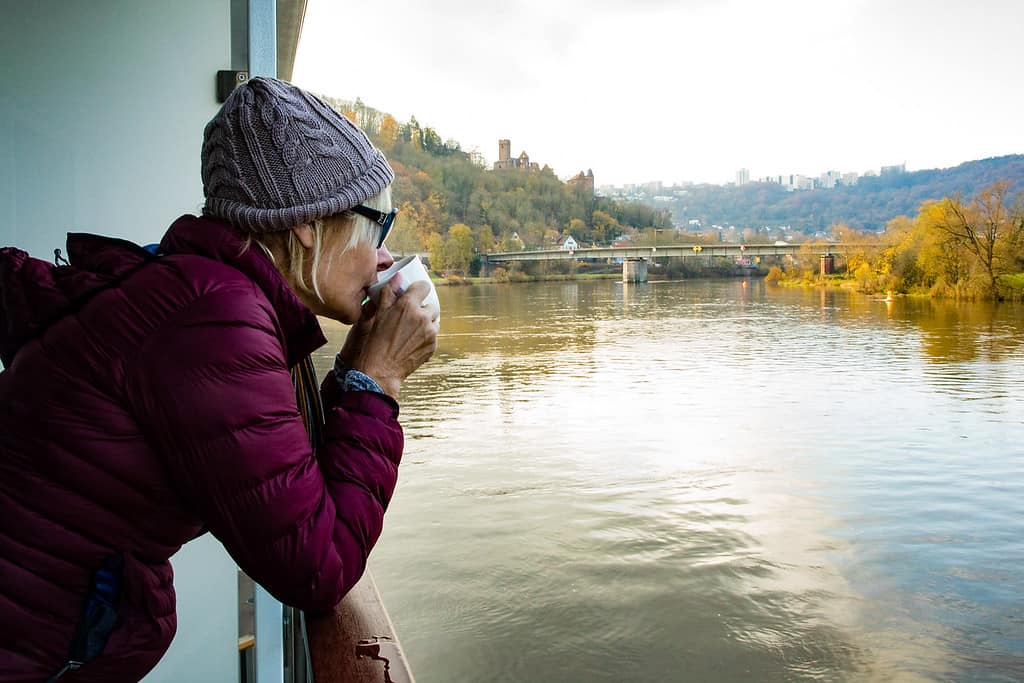
I had time in Slovenia for only a few of these things. Looks like I’ll have to go back. Nice article.
There was a lot to do and it is so beautiful! I hope we can go back soon and do more hiking in the Julian Alps.
Oh this is beautiful, loved the image of Skofja Loka!
Ive been to Bratislava Slovakia, but never to Slovenia. I would love to travel the Baltic countries some more, but there’s just to many place and to little time. (And money)
Skofja Loka was gorgeous. Hadn’t heard of it before, but lovely and unspoilt.
Lovely photos and the article goes to great detail. I cannot get lost with this guide. Thanks for sharing this unique part of Europe that I would never have considered going to.
Thank you and I hope you consider going now 🙂
very informative! I enjoyed reading about all that Slovenia has to offer and I think I will plan my trip during Kurentovanje too since the carnival and all the masks sounds like a lot of fun.
I hope we can get back there for Kurentovanje too. It looks so much fun.
Slovania looks just as beautiful as Croatia (which has been on my bucket list for like 15 years because it was one of my first pins on pinterest haha) looks like I’ll have to do a Slovania/Croatia trip together!
We want to visit Croatia now that we have seen Slovenia 🙂
Slovenia is truly beautiful. The castle built into a cave looks like so much fun to explore! Your story about running was fun to read. I ran briefly, but my hips were not happy, so I had to give up — still miss it!
I have a love/ hate relationship with running, but at the thinking about starting stage:)
Those figs look inviting … would you say there was a good selection of vegetarian foods available during your trip?
They do love meat over there but yes it was possible to find good vegetarian food too, especially in Ljubljana and Piran.
Wow, the Predjama Castle looks amazing. I didn’t know anything about Slovenia before reading this post. Thanks for sharing.
It was amazing!
Wonderful post! Slovenia moved up on my list of places to visit. What a surprisingly amazing place. I love your photos as well. So well done!
Thank you. We were very impressed with Slovenia, just wish we has had more time.
Really interesting article jam packed with useful information. I only hope we can use it all.
Thank you 🙂
This is awesome, but, I really really want to know more about your accidental walk-ons to TV shows in the middle of filming! Is there a blog post about that? 😉
Lol, we got into trouble the last time we revealed too much about a reality show. We were the stars in House Hunters International once 🙂
Slovenia looks gorgeous! I would enjoy the hiking and biking to experience the country. The food looks really good (and the Schnapps!). Did you go mountain biking? If so, how hard was it?
The mountain biking looked amazing but we didn’t. I’m terribly uncoordinated lol.
Awwwww I love Slovenia. I visited this summer but I only had a week to see just a few parts. When I left, I ranked it as my new favourite European city. I can’t wait to go back with a camper and spend some decent time touring the country
Yes, Slovenia is currently our new favourite country 🙂
I have never considered visiting this part of the world but it is definitely warming up! Great article with plenty to do.
You should consider, it’s really lovely ?
It looks like you have had a ball! The cave system looks stunning but even more amazing is that the bats didn’t smell!! 🙂
Can’t bear the smell of bat poo lol
Great article!! These are great starting points for the itinerary when I go! 🙂
Have a great time there, you’ll love it 🙂
We adore Slovenia and have a couple of visits here in our camper, although you have given us some new things to explore that have eluded us up until now. Thank you. Kx
I love this comprehensive yet compact guide to Slovenia. It’s high on my bucket-list ever since I saw the pictures of my friend who visited there. Ii’ll refer to this post again when planning my itinerary.
I visited Slovenia a week ago and I liked it a lot! Unfortunately it was just a quick visit to Ljubljana and Lake Bled, plus it was raining almost the whole time. But it was enough to cement me in my plans to come back for that gorgeous nature, perhaps as part of a bigger Balkans trip.
Your recommendations are great!
Hmmm, I really need to get to more of Europe. Slovenia looks so beautiful, and so different to the parts of the world I’ve seen so far. I think it’s going to have to go on the bucket list! A few people I used to work with were from there, and they used to talk about it a lot but never really showed me any photos. I can’t understand why!!